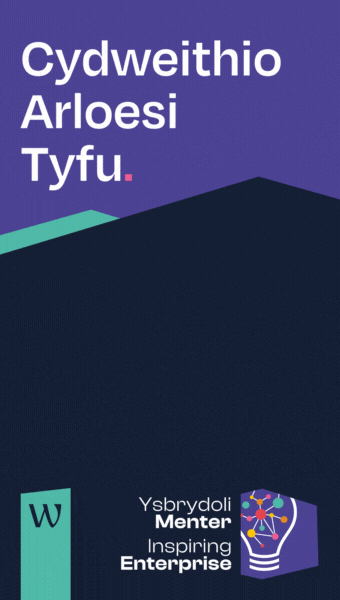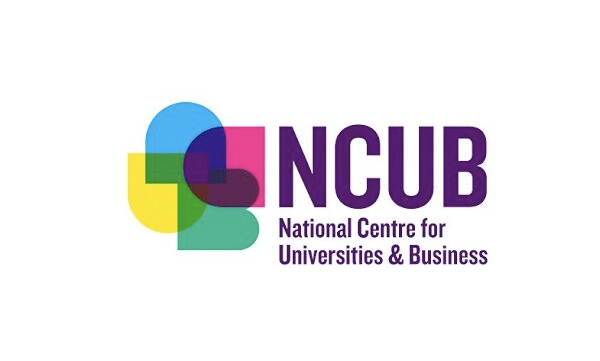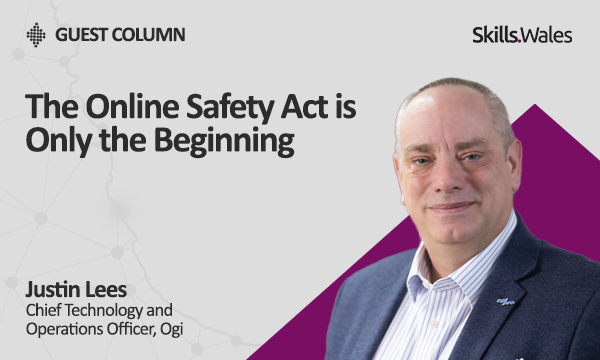Organisations need to focus on employees’ emotions related to the coronavirus pandemic to restore productivity and deliver on employee experience, according to Gartner, Inc.
The significant impact of the COVID-19 outbreak on employees’ personal and work lives is leading to employee anxiety, frustration and burnout. When left unattended, these feelings can affect employees’ productivity and engagement, leading to poor work quality, errors and eventually influencing an organization’s ability to survive in these difficult times.
“Most organizations have focused on scenario planning and necessary operational responses to ensure business continuity,” said Brian Kropp, chief of research for the Gartner HR practice. “However, these plans often do not address, nor impact, employees’ ability to focus on their work.”
HR should help managers at all levels do six specific activities to ensure employees get the requisite support to tackle the emotional response:
Sense Employees’ Need for Support
Managers need to recognize signs of distress among their people, both directly through conversations and indirectly through observation. To facilitate regular conversations between managers and employees, HR should provide managers with guidance on how best to broach sensitive subjects arising from the COVID-19 pandemic, including alternative work models, job security and prospects, impact to staffing, and tension in the workplace. This guidance can include discussion guides, training or email reminders with the latest updates on the situation and general principles for how to deal with it.
Promote Dialogue to Build Understanding
To ensure communication efforts help, rather than hurt, engagement, managers must have a two-way dialogue with employees. Two-way communication with managers and peers provides employees with the information and perspective they need, while allowing them to express and process negative emotions and improve their feelings of control. HR leaders should help managers create opportunities for two-way dialogues that focus on a realistic picture of both the positive and negative implications of the current COVID-19 outbreak.
Use Objectives to Create Clarity
A direct link between individual performance and the achievement of business goals can boost employees’ confidence in the importance of their job even in a challenging business environment. Clear objectives and regular updates on possible changes will help ensure employees maintain focus, energy and a sense of purpose. HR leaders can help managers reassert the link between employees’ work and organizational success by providing visibility into the current organizational goals and translating the organization’s vision into their employees’ context.
“One of the top engagement drivers for employees is seeing their work contribute to company goals,” said Mr. Kropp. “Employees who feel confident about the importance of their job to the success of the organization feel less anxious about their job security.”
Reinforce Organizational Values to Reduce the Likelihood of Misconduct
Work well-being has the greatest impact on feelings of psychological safety — an unpleasant employee experience can negatively impact psychological safety by up to 35%. To make matters worse, during periods of uncertainty, employee misconduct increases by as much as 33%. Apart from modeling the right behaviors, managers should encourage whistleblowers to call out unethical behaviors, remind staff of the channels for reporting misconduct, and highlight punitive measures for noncompliance.
Tailor Recognition to Acknowledge Employee Efforts
As COVID-19 creates significant disruption, and undercuts employee engagement, managers need to redouble their recognition efforts. Effective recognition not only motivates the recipient but can serve as a strong signal to other employees of behaviors they should emulate. Recognition can take many forms other than monetary rewards — public acknowledgment, tokens of appreciation, development opportunities and low-cost perks. For organizations facing a slowdown in business, managers can take this opportunity to provide development opportunities to employees who normally do not have capacity. This reinforces the organization’s commitment to the long-term success of the employee.
Drive Engagement via Innovation
While managers and employees may understandably become more risk-averse in this uncertain environment, it is these times of change and disruption that innovation and risk-taking become even more important for employee engagement and organizational success. The disengaging effect of constraints on innovation and risk-taking are particularly severe for high-potential (HIPO) employees who tend to have a stronger desire for these types of opportunities. Even when the organization has constraints on new investments, managers can emphasize the need and provide opportunities for incremental innovation or process improvements. This can be particularly meaningful if it addresses a challenge the team or organization is facing related to process disruptions or business impact.
Learn more about how to lead organizations through the disruption of coronavirus in the Gartner coronavirus resource center, a collection of complimentary Gartner research and webinars to help organizations respond, manage and prepare for the rapid spread and global impact of COVID-19.








